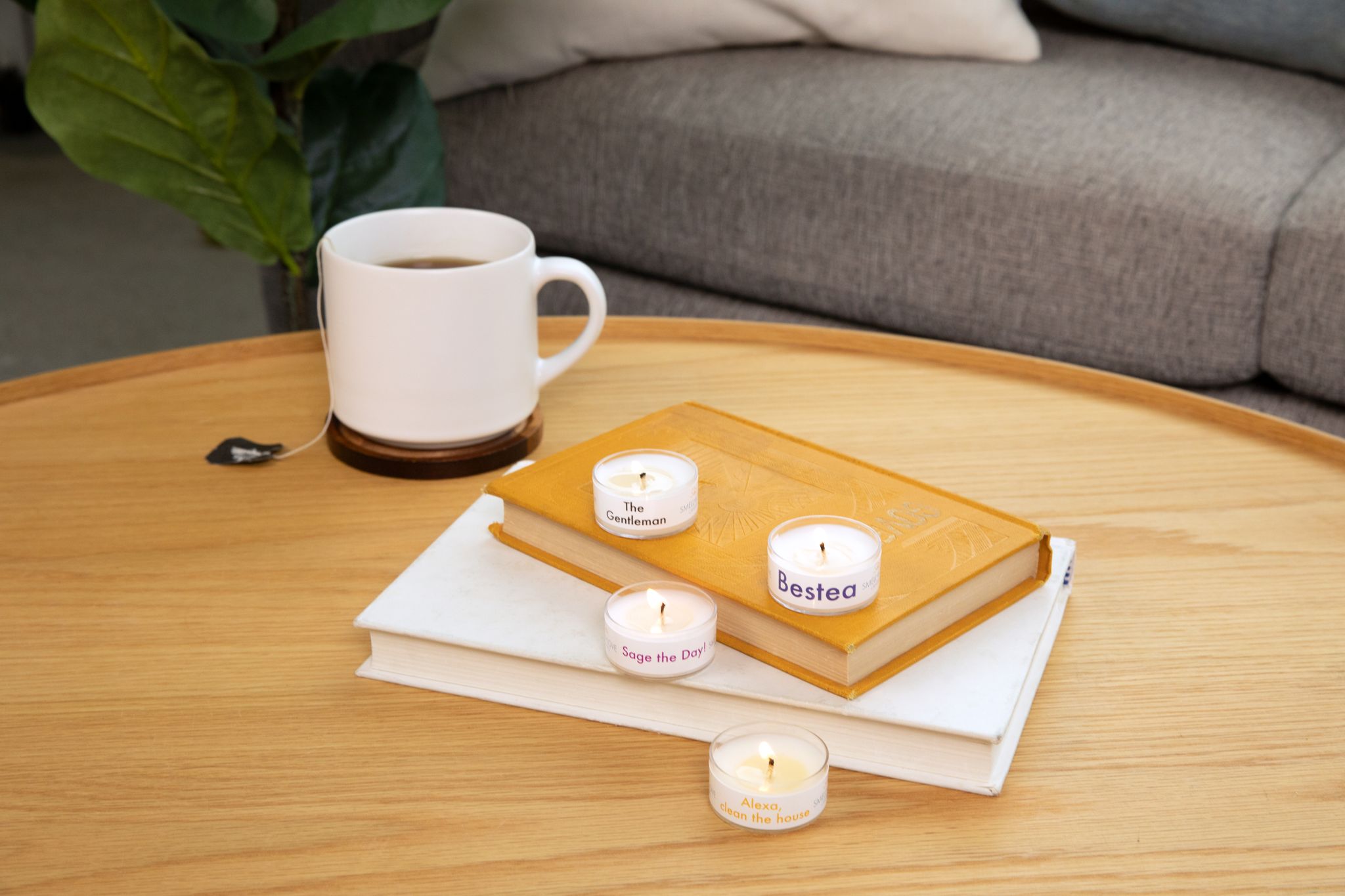Candles have long been cherished for their warm ambiance and ability to create a relaxing atmosphere. The flickering flame, gentle fragrance, and soft glow can truly transform any space into a cozy haven. However, for individuals with allergies, the idea of enjoying candles may seem daunting due to concerns about potential irritants or triggers. Fear not! In this blog, we will explore how people with allergies can still indulge in the joy of candles while minimizing any adverse reactions.
Understanding Allergies: Before delving into how to enjoy candles, it's essential to have a basic understanding of allergies. Allergies occur when the immune system overreacts to a specific substance (known as an allergen) that is harmless to others. Common candle-related allergens include fragrance oils, soot, and even the wax itself. Allergic reactions can range from mild symptoms like sneezing and watery eyes to more severe responses such as difficulty breathing.
Choose Hypoallergenic Candles: The first step in creating an allergy-friendly candle experience is to select candles that are specifically designed to minimize allergic reactions. Look for candles labeled as "hypoallergenic" or "allergy-friendly." These candles are typically made from natural materials and are free from common allergens such as artificial fragrances and dyes. Opting for candles made from soy wax or coconut wax can often be a safer choice for those with allergies.
Avoid Artificial Fragrances: Artificial fragrances are a common culprit for triggering allergies and sensitivities. To enjoy candles without risking an allergic reaction, choose unscented or lightly scented candles. Alternatively, opt for candles scented with essential oils, which are derived from natural plant sources and are less likely to cause irritation. Always check the ingredient list to ensure that no artificial fragrances or known allergens are present.
Test Before You Burn: Before lighting a new candle, it's wise to perform a patch test. Dab a small amount of melted wax or oil on a small area of your skin, such as your forearm, and wait for at least 24 hours to see if any allergic reactions occur. This simple test can help identify potential allergens and save you from discomfort or an adverse reaction.
Keep the Air Clean: To further reduce the risk of allergic reactions, make sure the room is well-ventilated when burning candles. Use a high-quality air purifier to remove allergens from the air, such as pollen, dust mites, or pet dander. Regularly clean surfaces and maintain a dust-free environment to minimize potential irritants.
Allergies shouldn't prevent you from enjoying the warm glow and soothing ambiance of candles. By making informed choices, such as selecting hypoallergenic candles, avoiding artificial fragrances, and keeping the air clean, individuals with allergies can still embrace the enchantment of candlelight without compromising their well-being. Remember, everyone's allergies are unique, so it's essential to listen to your body and tailor your candle choices accordingly. Now, go ahead and immerse yourself in the gentle flicker of a candle, creating a cozy and allergen-free sanctuary.

